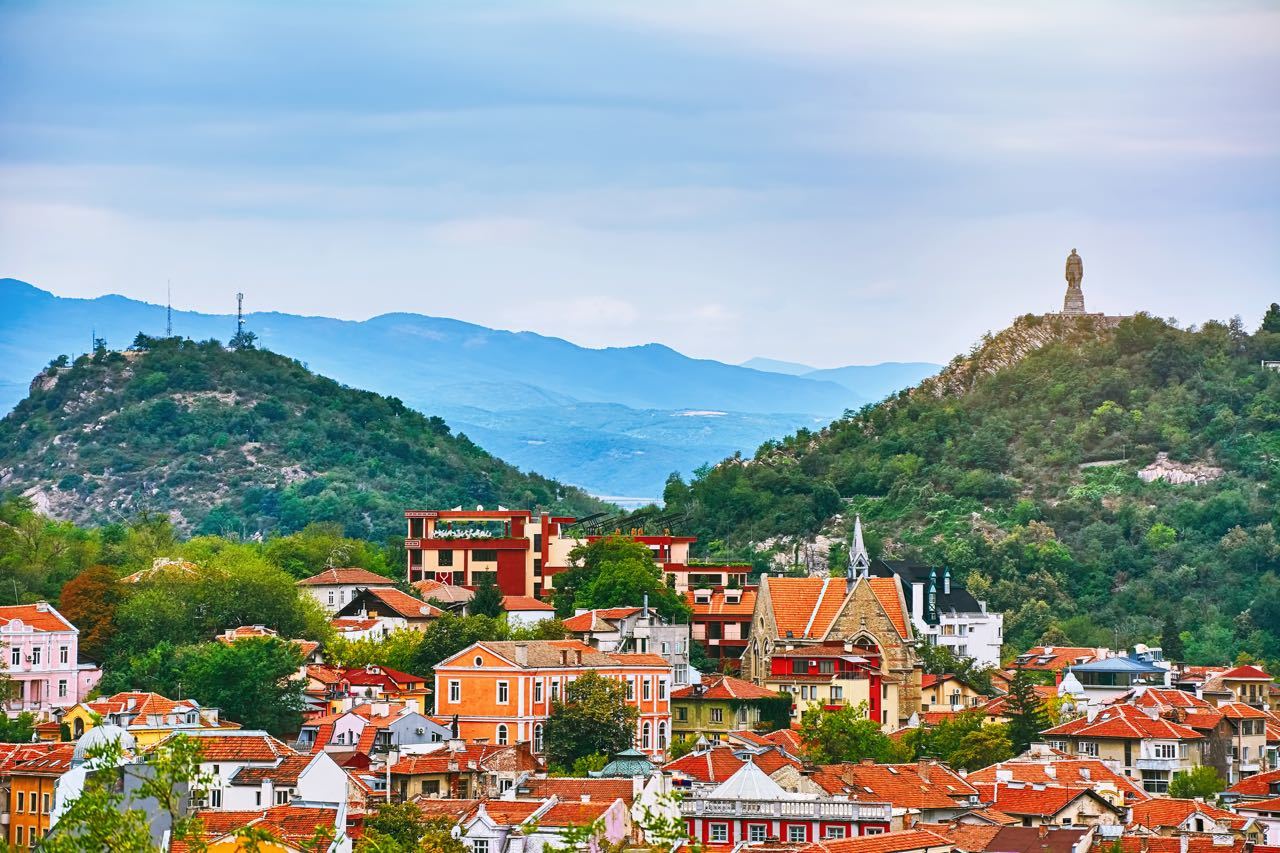10 Things To Do In Plovdiv, Bulgaria

Plovdiv, a vibrant and charming city nestled in the heart of Bulgaria, is a hidden gem waiting to be explored. With its rich history, architectural wonders, and a thriving cultural scene, Plovdiv offers a unique and unforgettable experience for travelers of all interests.
From ancient Roman ruins to trendy art galleries, there is something for everyone in this stunning city. Whether you are a history buff, an art enthusiast, a food lover, or simply looking to immerse yourself in the local culture, Plovdiv has it all.
In this article, we will take you on a journey through Plovdiv, highlighting 10 must-see attractions and activities that should be on every traveler’s itinerary. So pack your bags and get ready to discover the best that Plovdiv has to offer. Let’s dive in and explore the wonders of this captivating city together!
Explore the Ancient Roman Theater
Plovdiv is home to one of the best-preserved ancient Roman theaters in the world. Built in the 1st century AD, this impressive amphitheater offers a glimpse into the city’s rich history. Take a stroll through the ancient ruins and imagine the performances that once took place on its stage.
Wander the Old Town
Immerse yourself in the charming cobblestone streets of Plovdiv’s Old Town. Discover its colorful houses, captivating architecture, and hidden alleys. The Old Town is a UNESCO World Heritage site and offers a perfect blend of historical landmarks, trendy shops, and cozy cafes.
Visit the Thracian Tomb of Kazanlak
Located near Plovdiv, the Thracian Tomb of Kazanlak is a UNESCO-listed site and a true archaeological marvel. Marvel at the intricate frescoes depicting scenes from Thracian life and gain insight into the ancient Thracian civilization.
Take in the Views from Nebet Tepe
Climb up Nebet Tepe, the highest hill in Plovdiv, and be rewarded with breathtaking panoramic views of the city. This historic hill also holds remnants of ancient fortifications, including the medieval fortress walls.
Explore the Kapana District
Step into the trendy Kapana District, known for its vibrant street art, boutique shops, and hip cafes. Uncover the artistic spirit of Plovdiv as you wander through its narrow streets filled with creativity at every corner.
Discover the Ethnographic Museum
Learn about Bulgaria’s rich cultural heritage at the Ethnographic Museum in Plovdiv. Explore its extensive collection of traditional clothing, crafts, and artifacts, offering a fascinating insight into Bulgarian folklore and traditions.
Visit the Ancient Stadium
Experience the grandeur of the Ancient Stadium of Philippopolis, one of the largest and best-preserved ancient stadiums in the Balkans. Walk along the original seats and envision the thrilling competitions that once took place here.
Explore the Rowing Canal
Enjoy a leisurely stroll or bike ride along the picturesque Rowing Canal in Plovdiv. Take in the serene beauty of the surrounding nature and soak up the peaceful atmosphere offered by this tranquil oasis.
Indulge in Local Cuisine
Sample the mouthwatering Bulgarian cuisine in Plovdiv’s restaurants and taverns. Try traditional dishes such as banitsa, kebapche, and shopska salad, accompanied by a glass of the famous Bulgarian rakia.
Experience the Plovdiv International Fair
If you’re lucky enough to visit during the Plovdiv International Fair, immerse yourself in this vibrant event that showcases the best of Bulgarian culture, industry, and innovation. Enjoy live performances, exhibitions, and an unforgettable atmosphere.
Conclusion
Plovdiv, Bulgaria is truly a hidden gem waiting to be discovered. With its rich history, vibrant culture, and picturesque landscapes, there are countless things to do in this enchanting city. From exploring its ancient ruins to immersing yourself in the local arts scene, Plovdiv offers a unique and memorable experience for every traveler.Don’t miss the opportunity to wander through the captivating Old Town, where cobblestone streets are lined with colorful houses and charming cafes. Visiting the iconic Roman Amphitheatre and the Ancient Theatre is a must for history buffs, while art lovers can indulge in contemporary exhibitions at the Kapana District.Nature enthusiasts will be in awe of the breathtaking views from the Alyosha Monument and the Rhodope Mountains. And for those seeking a culinary adventure, Plovdiv boasts a vibrant food scene with traditional Bulgarian dishes and international cuisines.Whether you’re a history enthusiast, an art lover, or simply a curious traveler, Plovdiv has something for everyone. So pack your bags, and get ready to explore this captivating city that will leave you with unforgettable memories of Bulgaria.FAQs
1. What is the best time to visit Plovdiv?
The best time to visit Plovdiv is during the spring (April-May) and autumn (September-October) seasons. The mild weather and fewer crowds make it ideal for exploring the city’s attractions.
2. How do I get to Plovdiv?
Plovdiv is well-connected by air, rail, and road. The city has its own international airport, offering flights from major European cities. You can also reach Plovdiv by train or bus from Sofia, the capital of Bulgaria.
3. Are there English-speaking guides available in Plovdiv?
Yes, there are English-speaking guides available in Plovdiv. Many tour agencies and attractions offer guided tours in English to help you discover the city’s history and culture.
4. What are some must-try dishes in Plovdiv?
When in Plovdiv, make sure to try traditional Bulgarian dishes such as banitsa (cheese-filled pastry), kavarma (slow-cooked meat stew), and rakia (a popular fruit brandy). You can also explore the local food markets to sample a variety of fresh produce, dairy products, and local delicacies.
5. Are credit cards widely accepted in Plovdiv?
Yes, credit cards are widely accepted in Plovdiv, especially in hotels, restaurants, and major stores. However, it’s always advisable to carry some cash for small vendors and local markets that may not accept cards.

